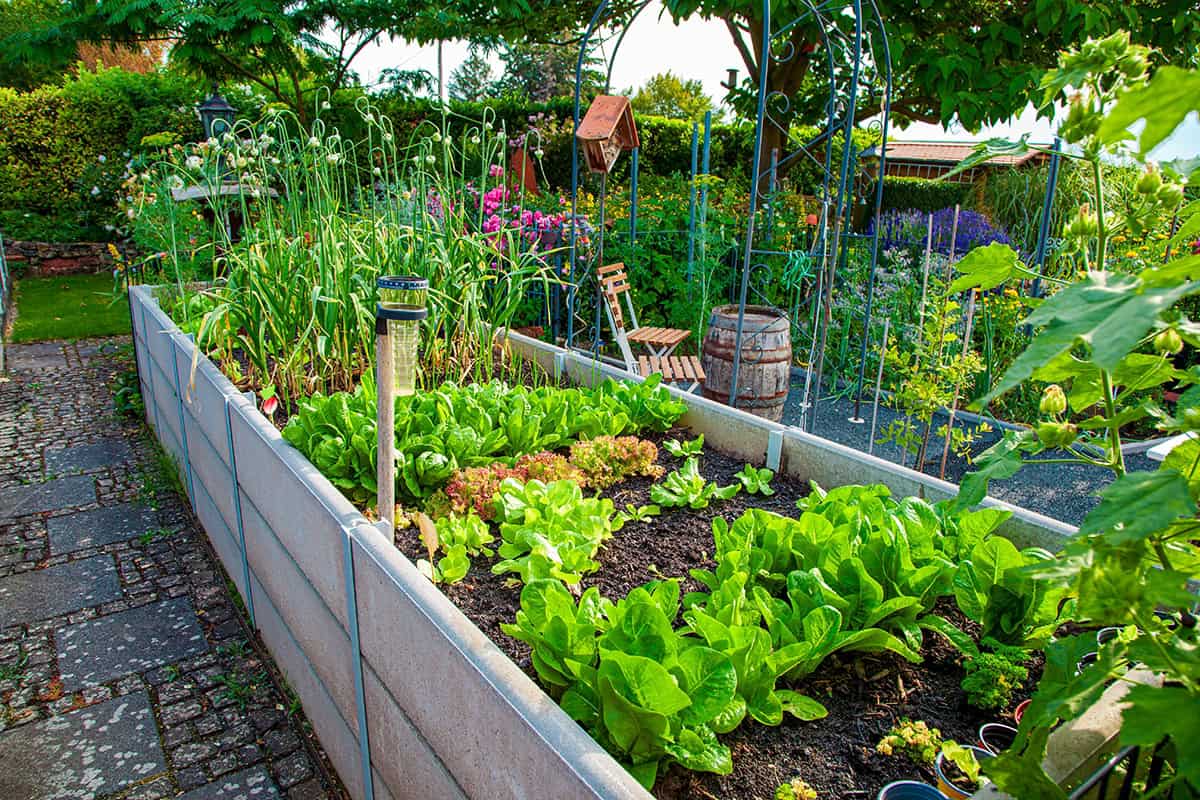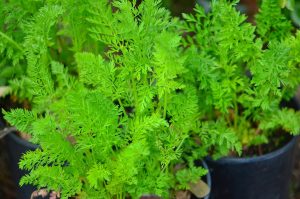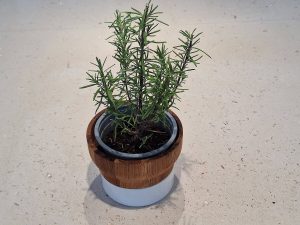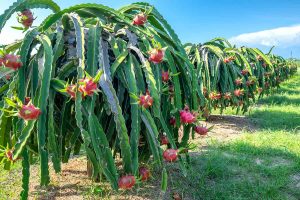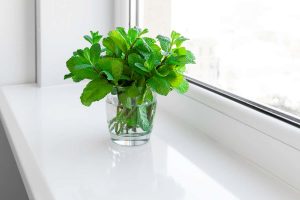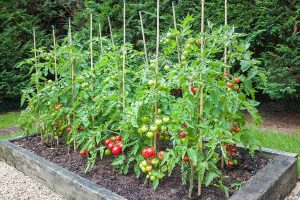A shady yard doesn’t mean you have to give up on homegrown produce. In fact, some vegetables actually prefer less direct sunlight. Here are 20 shade-loving veggies that grow beautifully without full-day sun.
Table of Contents
Vegetables That Grow Well In The Shade
Let’s wrap up with hardy vegetables that tolerate both shade and fluctuating temperatures.
Lettuce
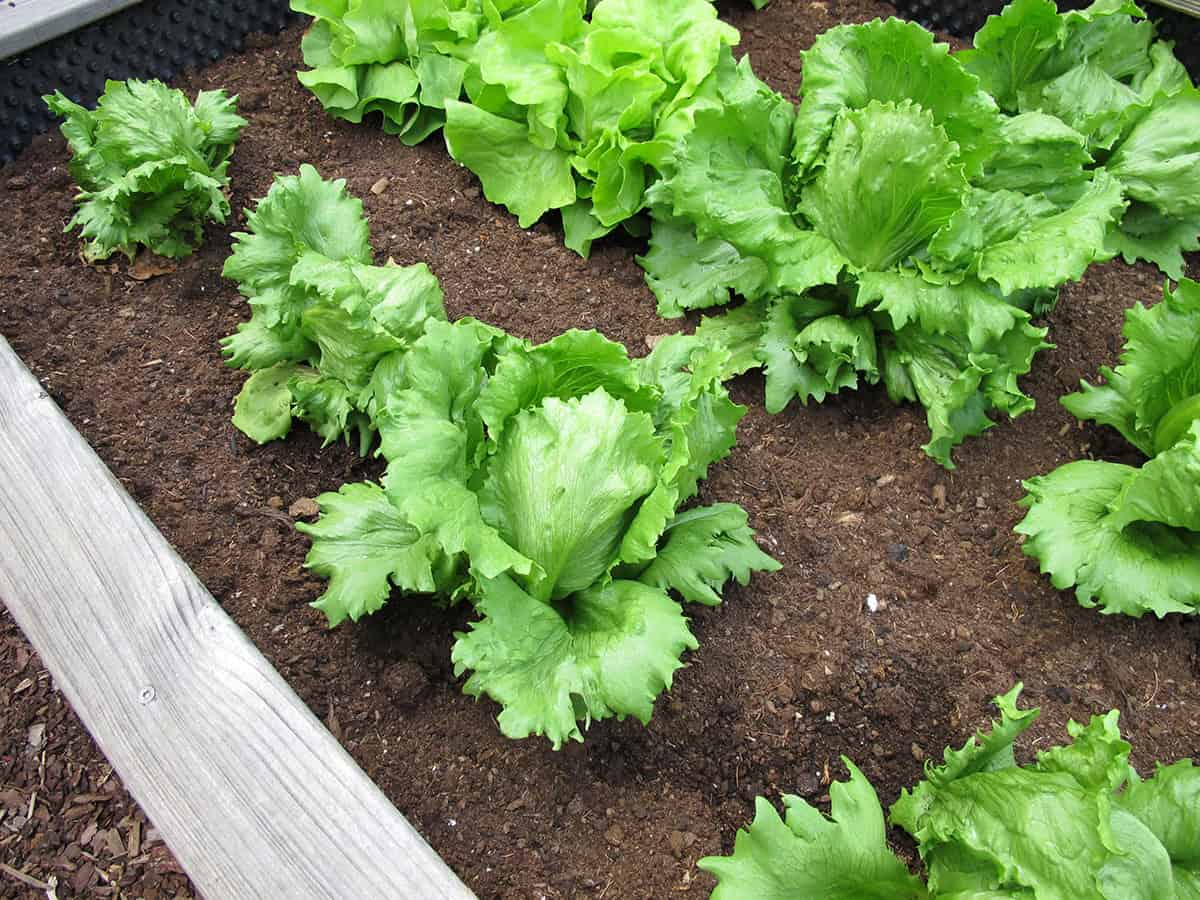
Lettuce is versatile and thrives in partial shade. It requires cool temperatures to prevent bolting. You can plant different varieties like Romaine, Butterhead, or Iceberg. Shaded environments help maintain moisture levels. This results in tender, crisp leaves. Regular watering and well-drained soil maximize growth. Lettuce can be harvested multiple times by cutting the leaves about an inch above the base.
Spinach
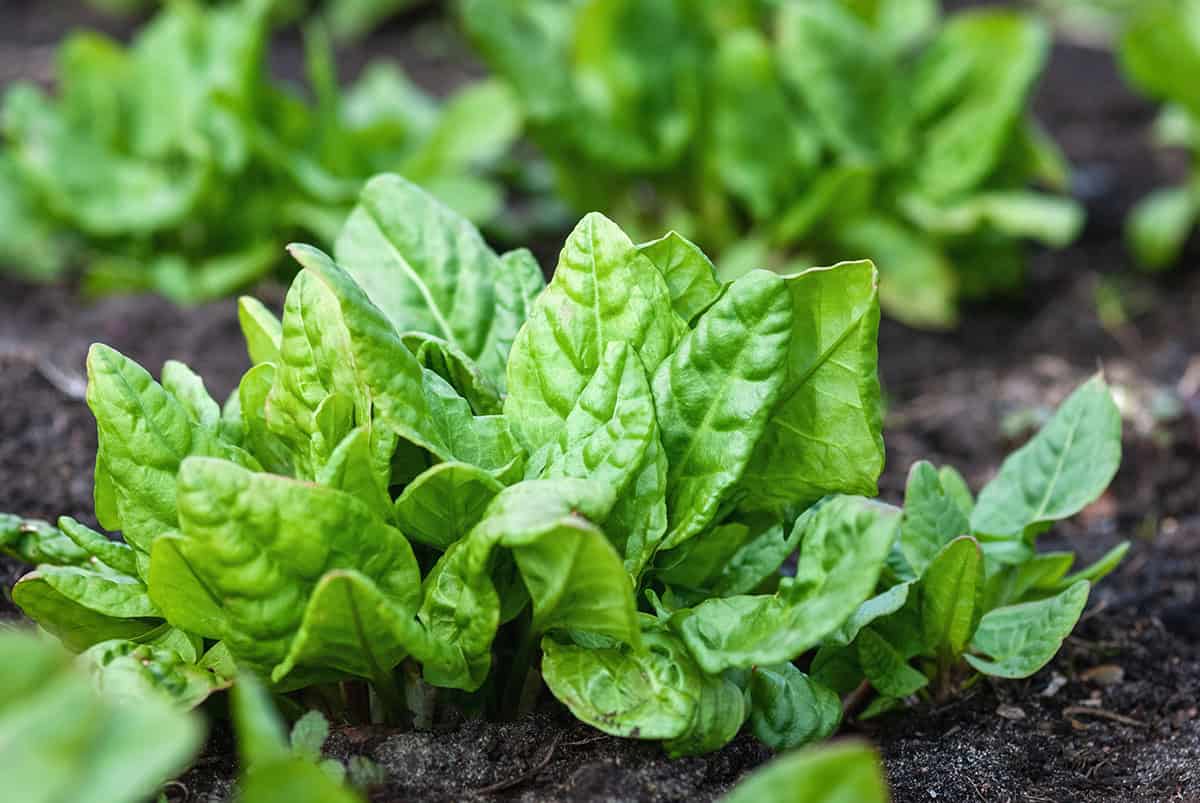
Spinach grows effectively in shaded areas. It prefers cool weather, reducing the risk of bolting. Ensure soil is nutrient-rich and well-drained. Consistent moisture levels are critical. Harvesting young leaves encourages continuous growth. True of all leafy greens, spinach benefits from regular picking. This practice supports regrowth and long-term yields.
Arugula
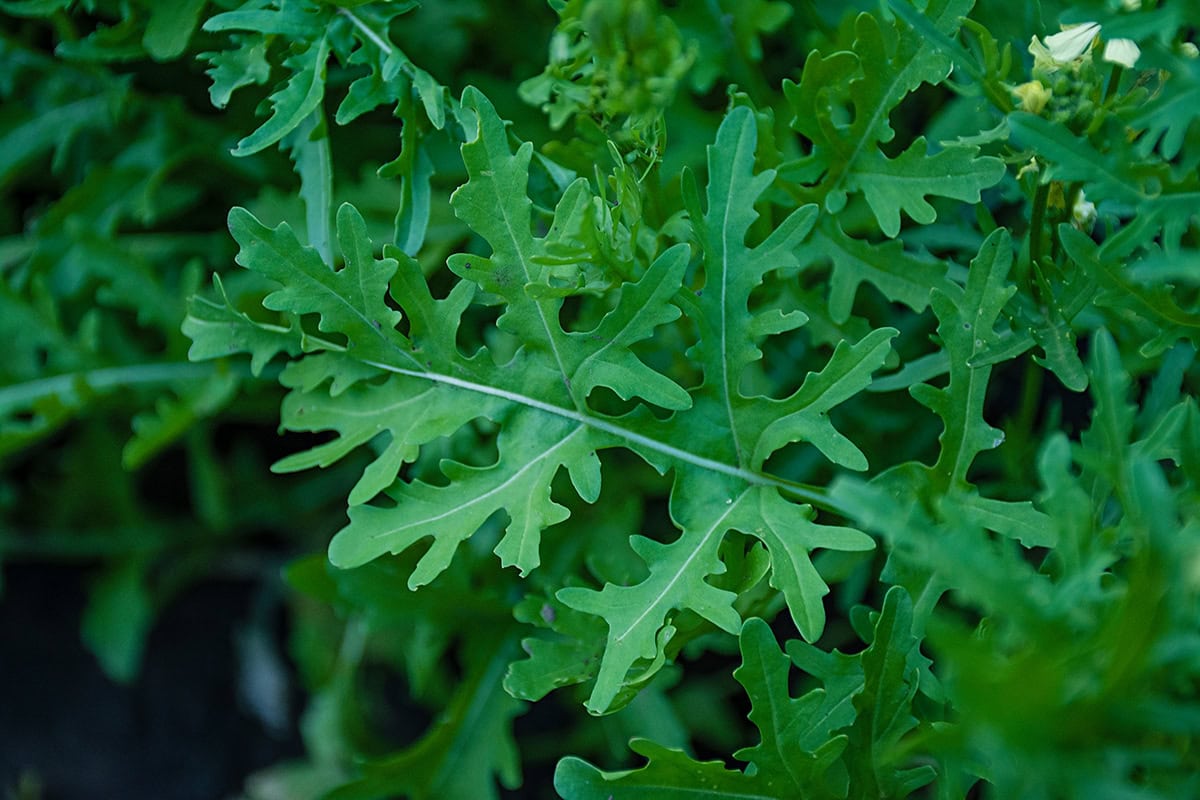
Arugula thrives in partial shade. It offers a peppery flavor and adds zest to salads. Shady conditions prevent premature bolting. Regular watering keeps leaves tender and flavorful. Well-draining soil ensures healthy roots. Harvesting can begin when leaves reach 3-4 inches. Picking leaves frequently fosters more growth.
Kale
Kale, known for its nutritional value, does well in shaded spots. It resists cold and grows throughout the season. Enrich soil with compost for best results. Keep it consistently moist. Harvest outer leaves for continuous production. Kale’s resilience makes it a staple leafy green. It can be part of your garden all year.
Swiss Chard
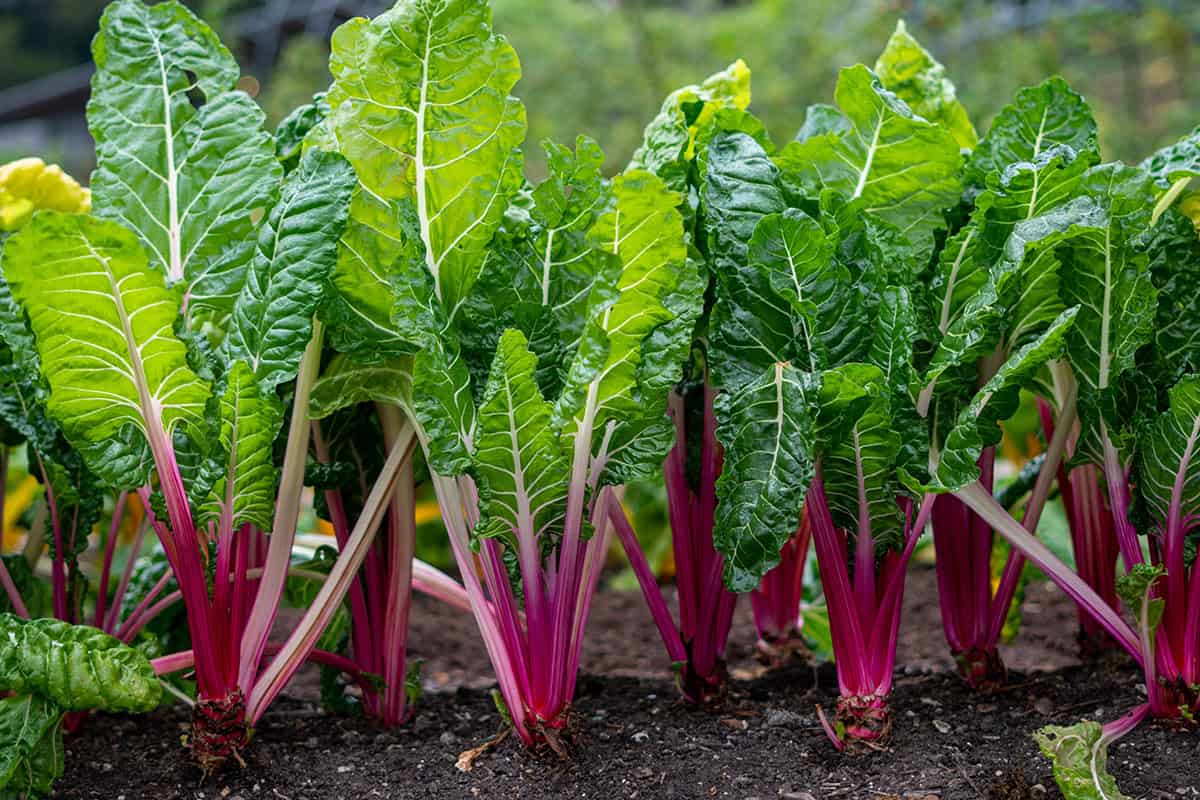
Swiss chard grows effectively with minimal sunlight. Its colorful stems add an aesthetic touch. Shade helps maintain its tenderness. Deep, fertile soil boosts growth. Watering regularly encourages healthy foliage. Harvest by cutting outer leaves when needed. Swiss chard’s vibrant hues make it visually appealing.
Mustard Greens
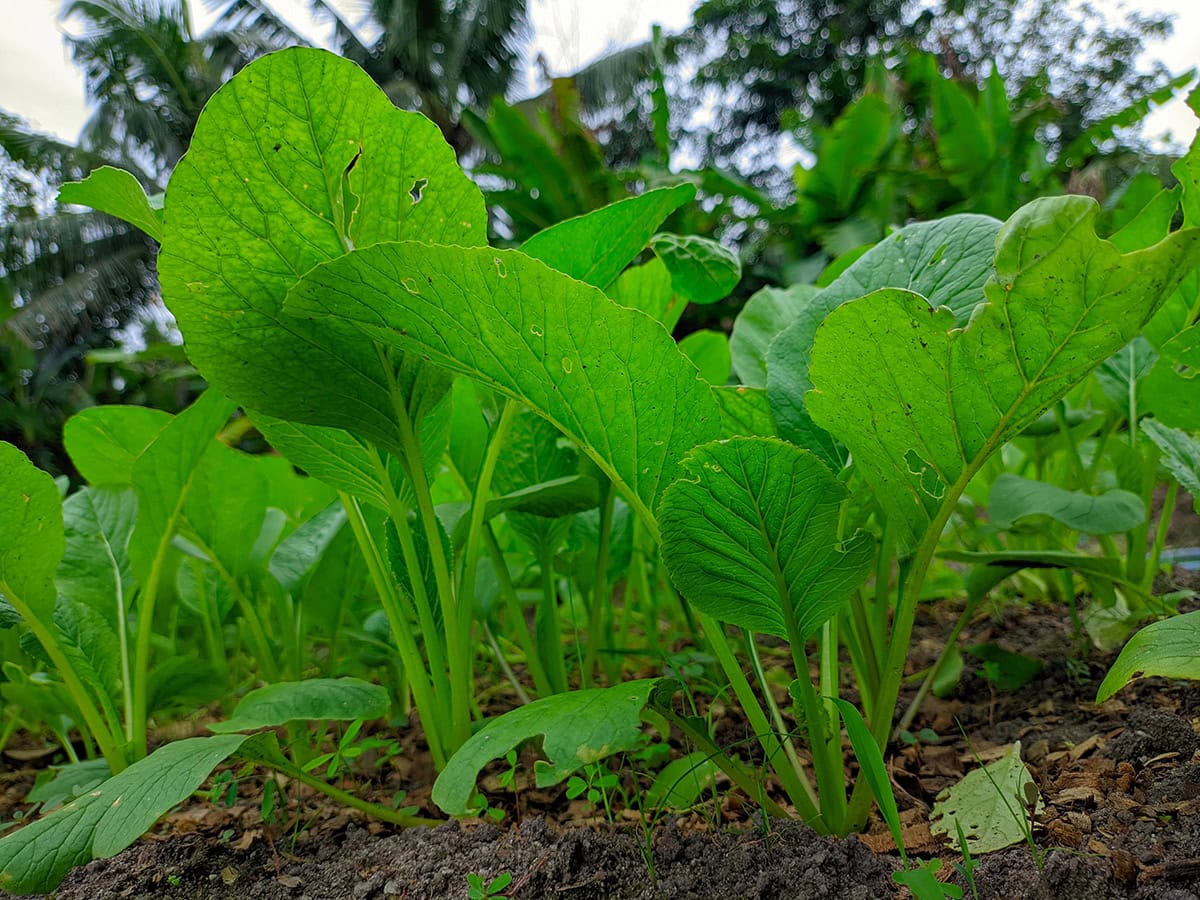
Mustard greens flourish in cooler, shaded environments. Their spicy flavor enhances dishes. Rich, organic soil improves growth. Shaded planting prevents excessive heat stress. Pick young leaves for a milder taste. Regular harvesting extends the plant’s productivity. Mustard greens are also frost-tolerant.
Collard Greens
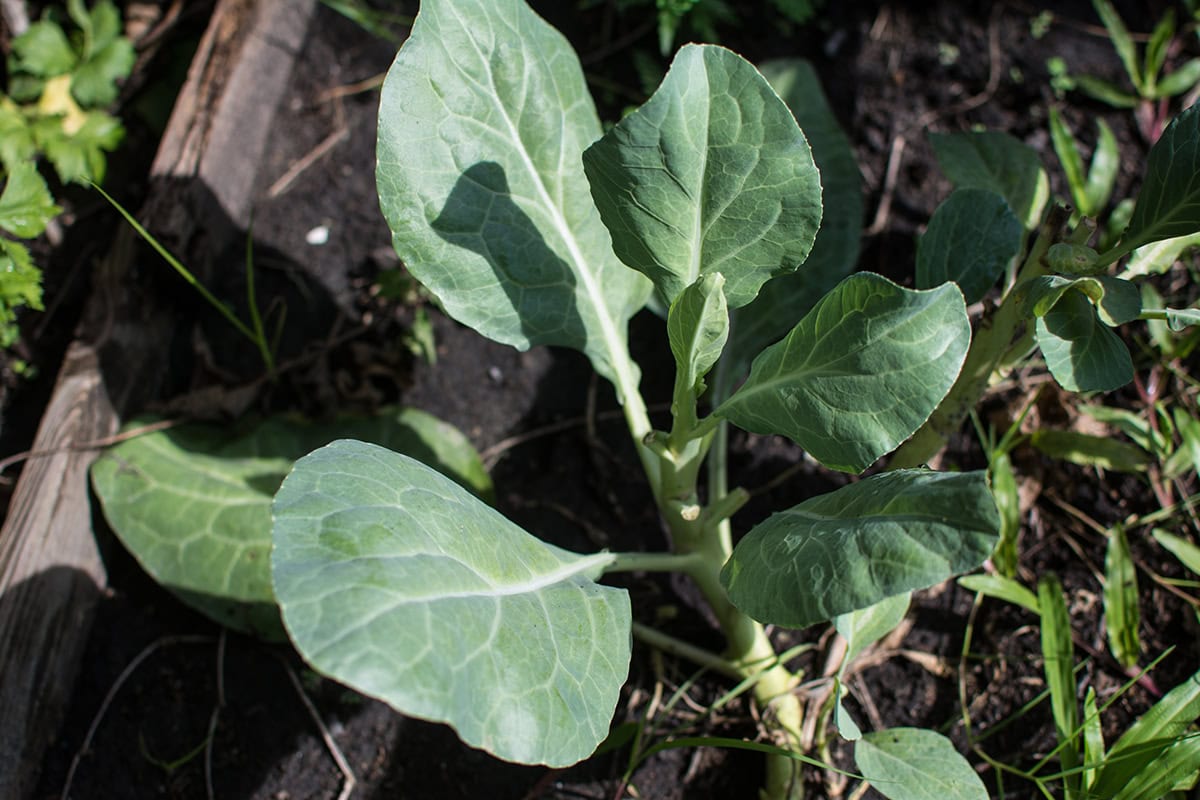
Collard greens are shade-tolerant. They are robust and can withstand cooler climates. Plant them in well-draining, fertile soil. Even in shade, collards deliver a high yield throughout the year. Consistent watering is vital. Regular harvesting of older leaves promotes new growth.
Cress
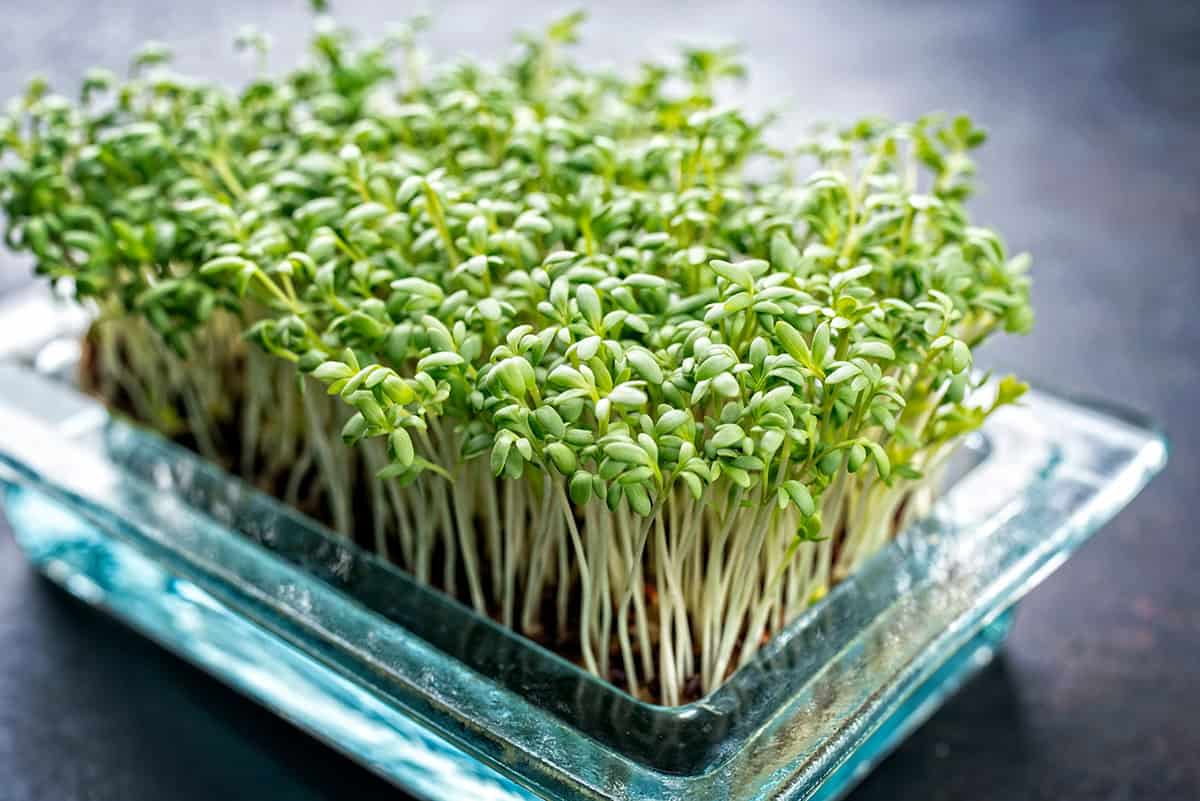
Cress grows quickly in shaded areas. It’s a fast-growing salad green. Rich in vitamins, cress adds a peppery note. Seeds germinate rapidly. They require consistent moisture. Use cress immediately after cutting. Shaded growth improves tenderness.
Endive
Endive prefers partial shade. Its slightly bitter taste complements salads. Plant in moist, fertile soil for best results. Even limited sunlight yields a crop of nutritious leaves. Harvest outer leaves as needed. The plant will continue producing. Regular watering promotes healthy growth.
Radishes
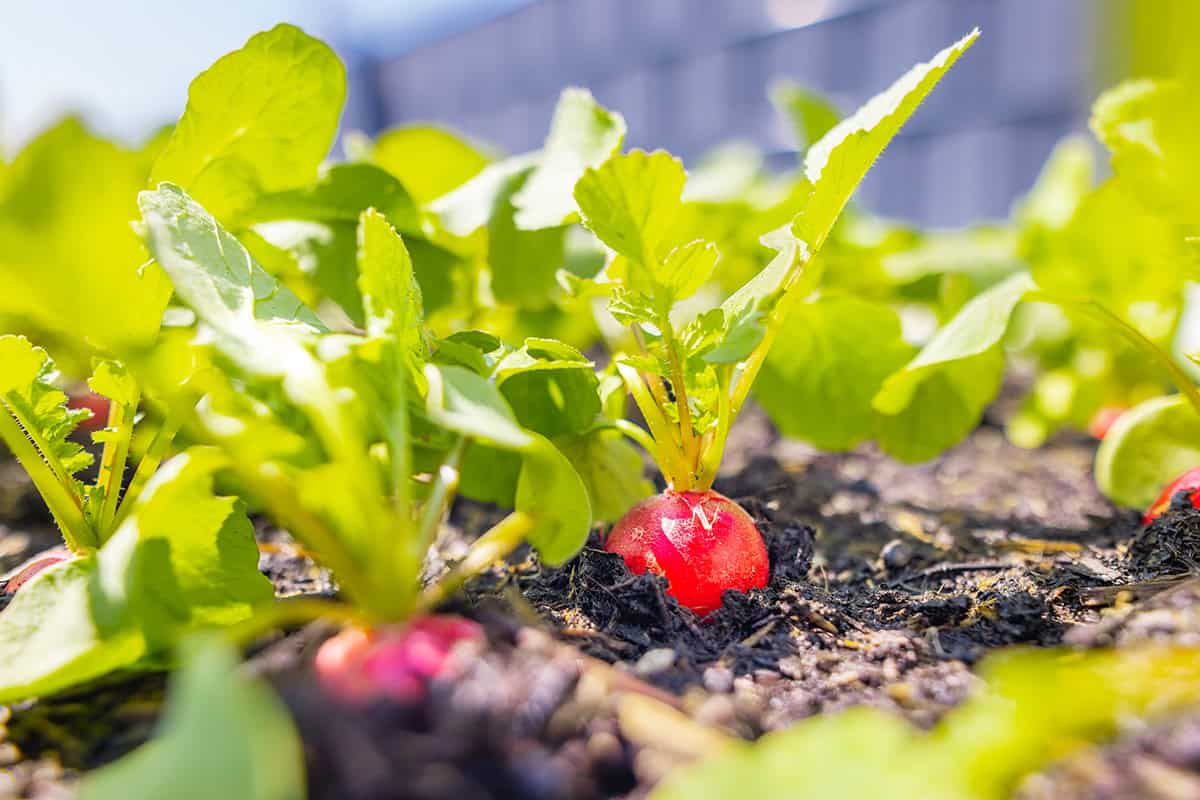
Radishes adapt well to shaded gardens. They develop crisp roots with minimal sunlight. Quick to mature, radishes are ideal for frequent planting. Keep soil moist for optimal growth. Harvest once roots are one inch in diameter. Their spicy flavor enhances many dishes.
Beets (For Greens And Small Roots)
Beets thrive in shade for both greens and roots. Young beet greens are tender and sweet. Rich, loose soil supports root development. Maintain soil moisture evenly. Harvest greens when 4-6 inches tall. Thin plants to allow root growth.
Turnips (Especially For The Greens)
Turnips grow in partial shade. They’re known for nutritious greens. Tender green tops mature quickly. Ensure soil drains well and stays moist. Harvest greens individually or all at once. Their roots also develop with limited sun.
Carrots (With Partial Sun)
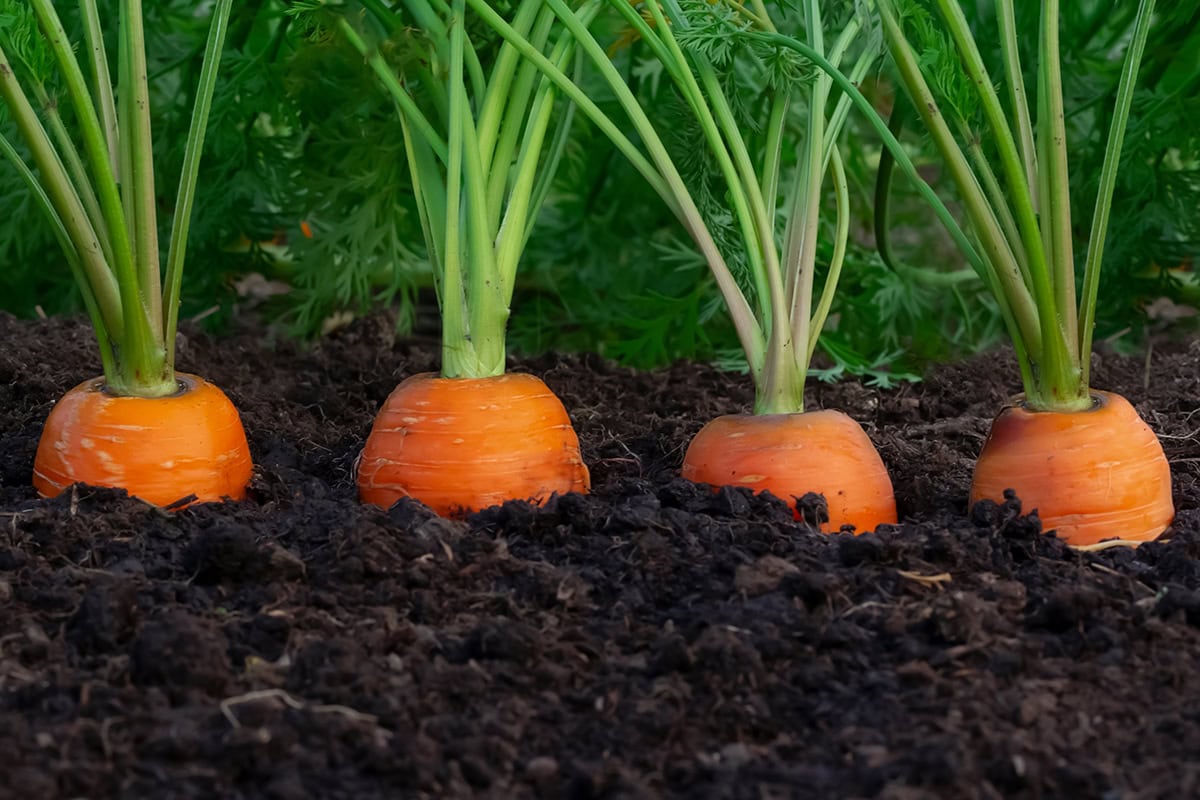
Carrots prefer partial sunlight to full shade. They need loose, sandy soil for root growth. Thin seedlings for better development. Carrots tolerate some shade without losing quality. Moisture consistency is key. Harvest when roots reach desired length.
Broccoli
Broccoli adapts to shaded areas. It produces heads without direct sun. Fertile, well-drained soil maximizes yield. Broccoli seedlings thrive in cooler temperatures. Water adequately and harvest before flowers bloom. Newly growing side-shoots add to yields.
Cauliflower
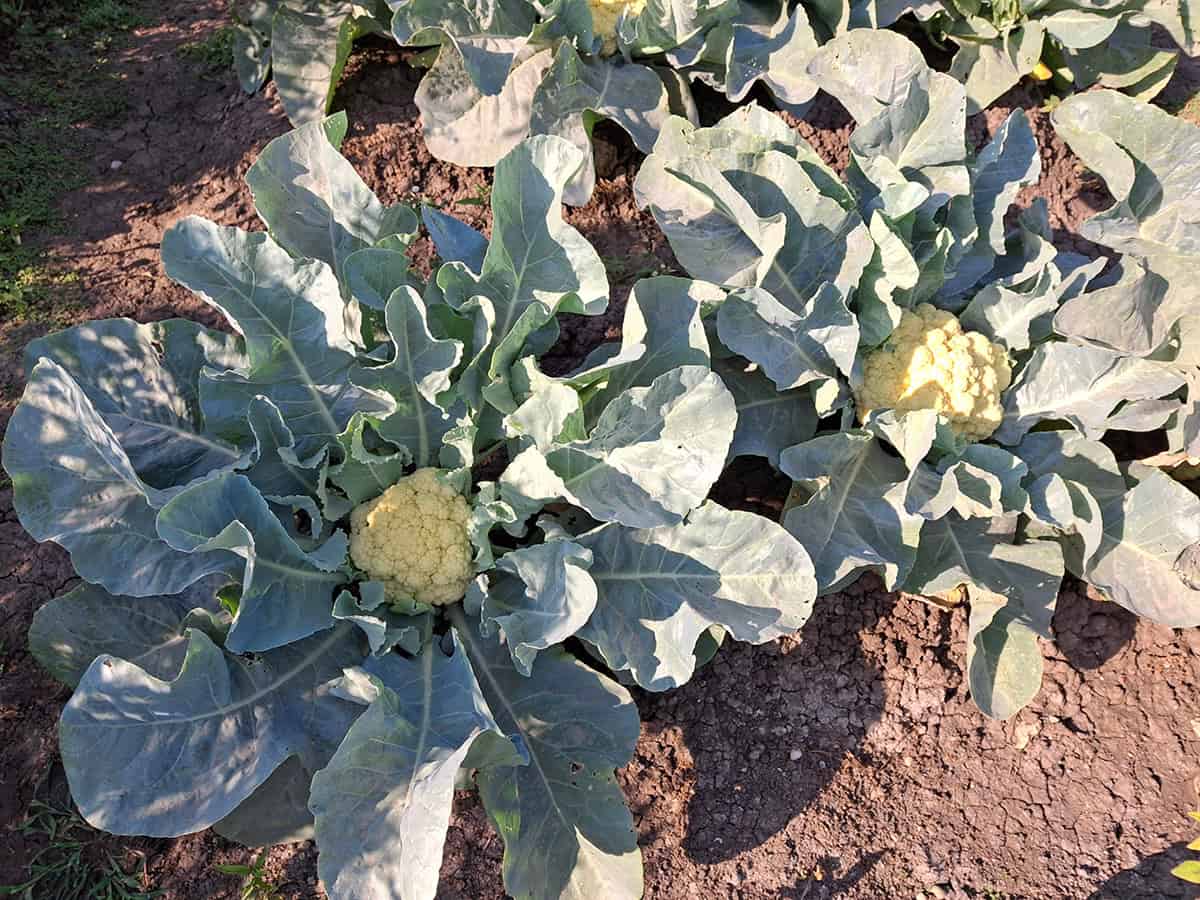
Cauliflower grows well in shaded gardens. It develops heads in cooler climates. Use nutrient-rich soil for optimal growth. Consistent watering is essential. Harvest heads once fully formed yet firm. Cauliflower’s compact size suits small spaces.
Peas
Peas can thrive in partial shade. They require support for climbing. Shaded areas cool temperatures, ideal for peas. Use well-drained, fertile soil. Peas can be harvested regularly once pods are full. They’re a productive and nutritious option.
Brussels Sprouts
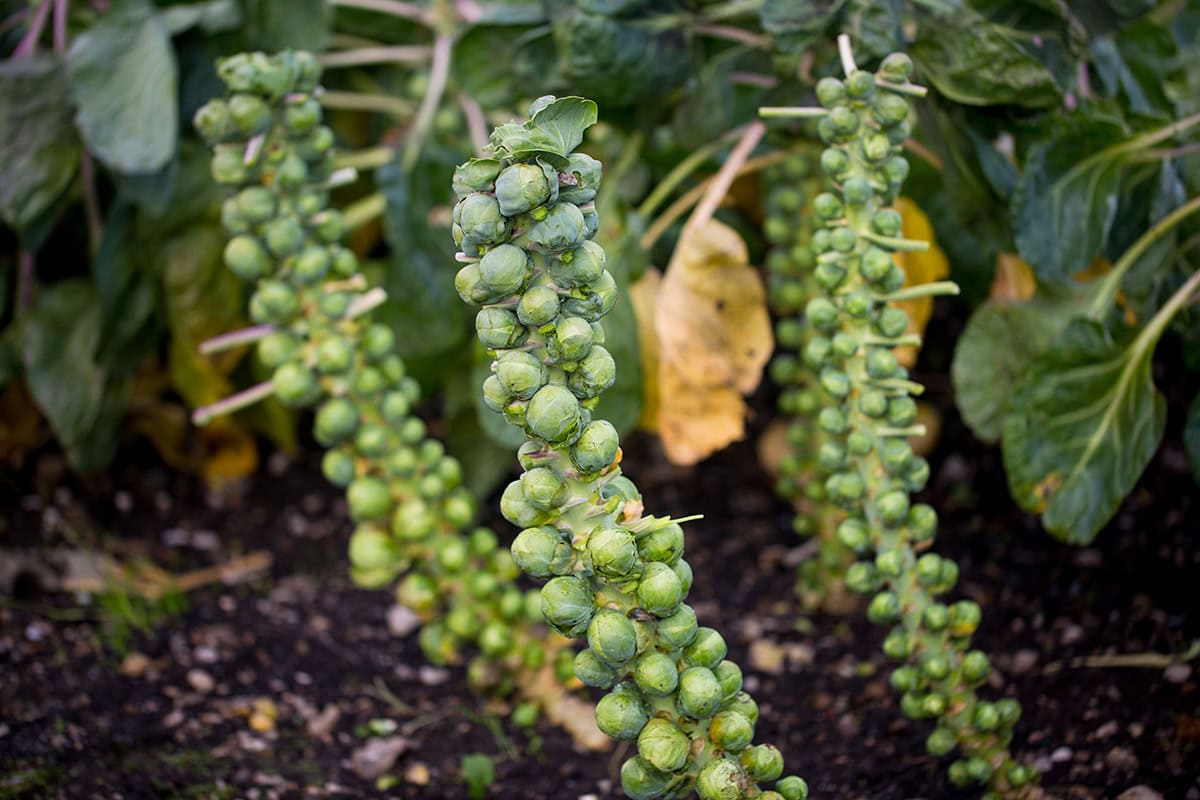
Brussels sprouts grow effectively with limited sunlight. Cool temperatures improve flavor. Shaded planting areas help maintain this. Fertile, well-drained soil enhances growth. Harvest sprouts from the bottom up. Remove yellowing leaves to promote health.
Green Onions (Scallions)
Green onions tolerate shade. They require minimal care. Use well-draining soil and provide consistent moisture. Shady conditions help maintain flavor. Cut scallions when they reach 6-8 inches tall. This promotes regrowth and extended use.
Garlic (Especially For Greens)
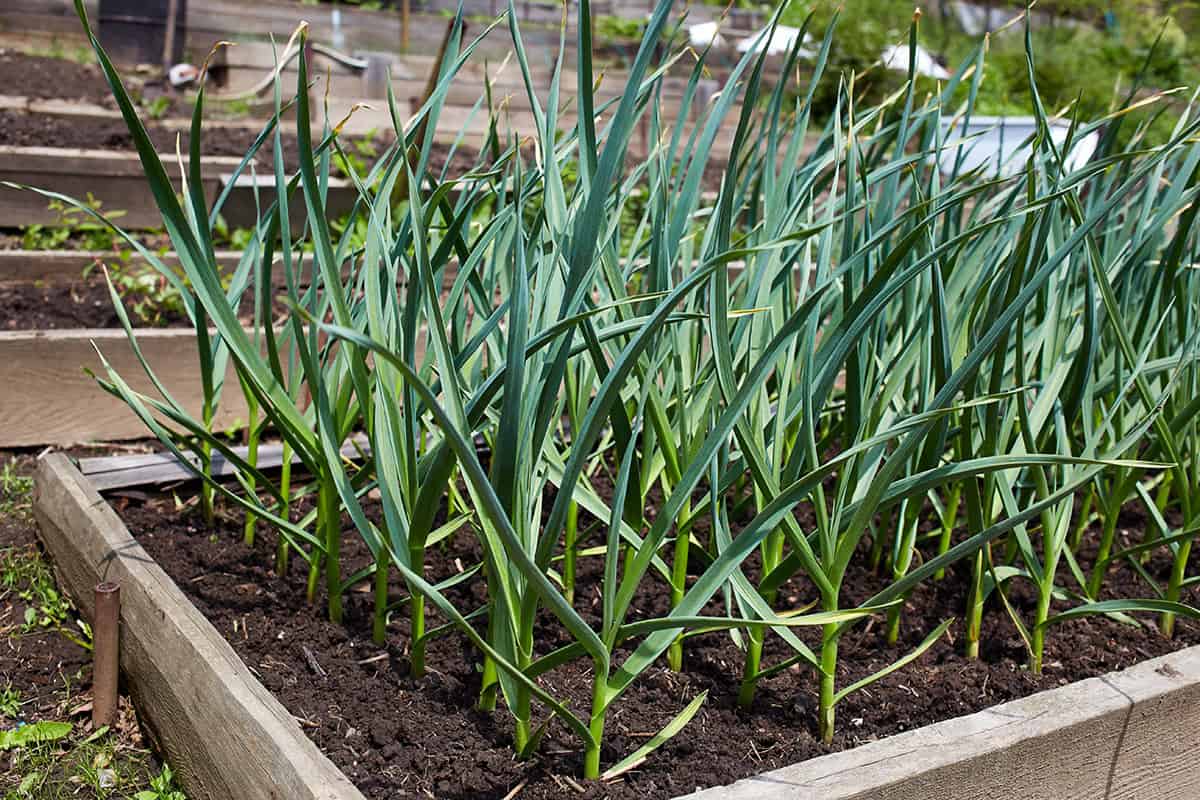
Garlic greens thrive with limited sun. Their flavor is mild and versatile. Rich, loose soil encourages growth. Harvest garlic scapes early for flavor. Greens can be used in a variety of dishes. Regular harvesting supports the plants.
Leeks
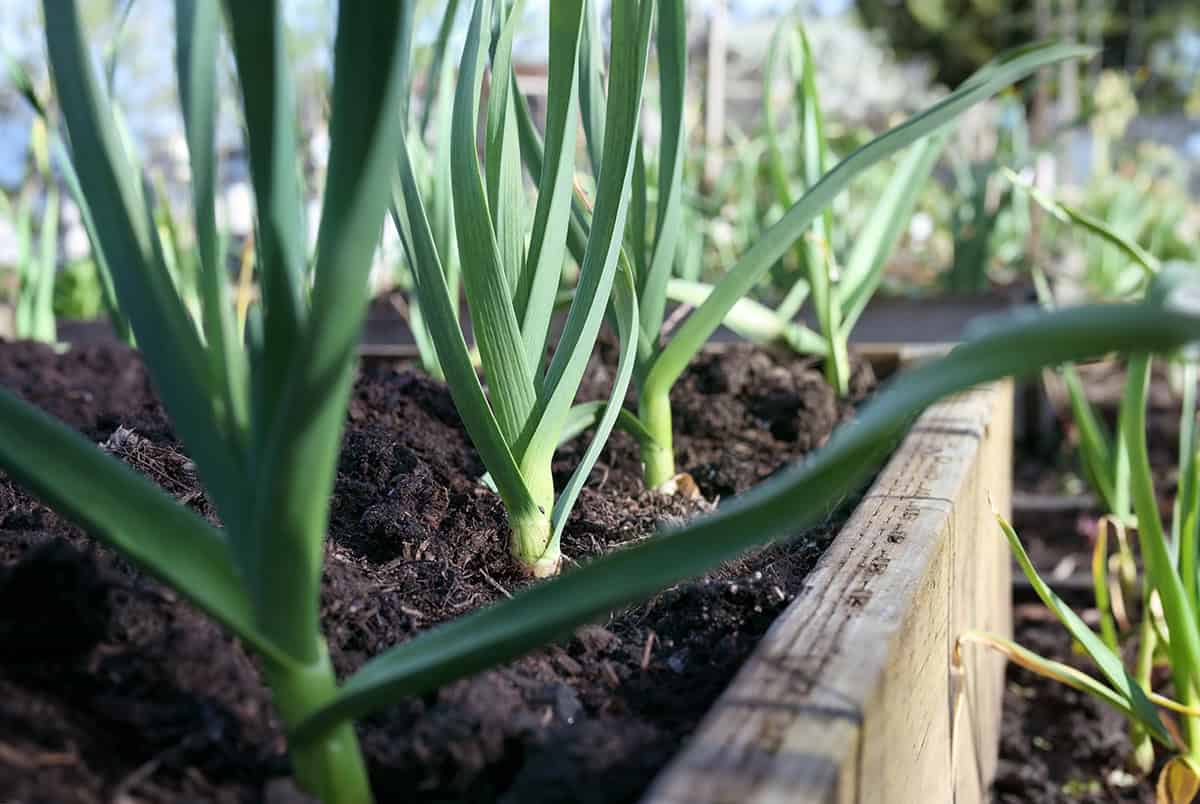
Leeks grow well in shade. They are versatile and slow-growing. Plant them in nutrient-rich, well-drained soil. Regular watering ensures even growth. Harvest when stalks reach desired thickness. Their mild flavor makes them suitable for many dishes.
